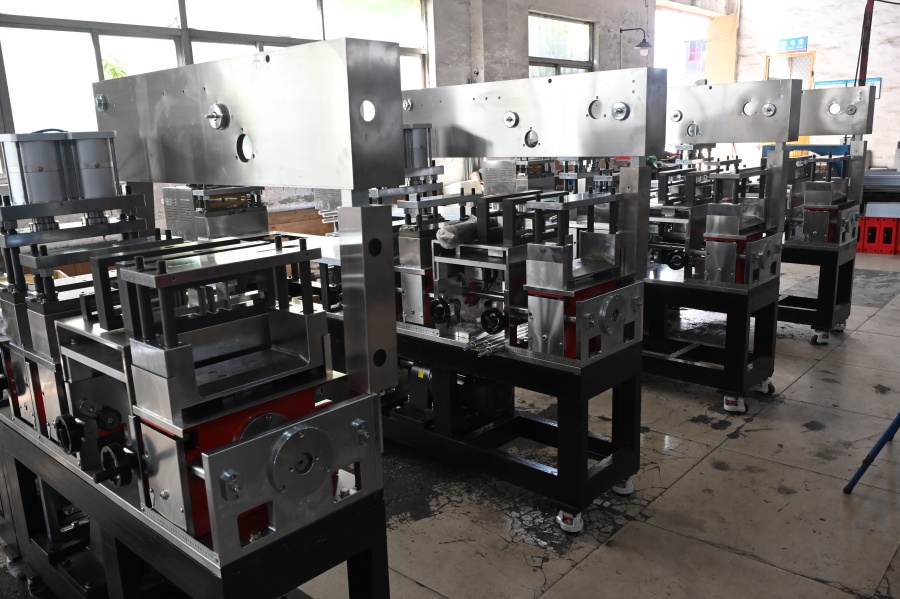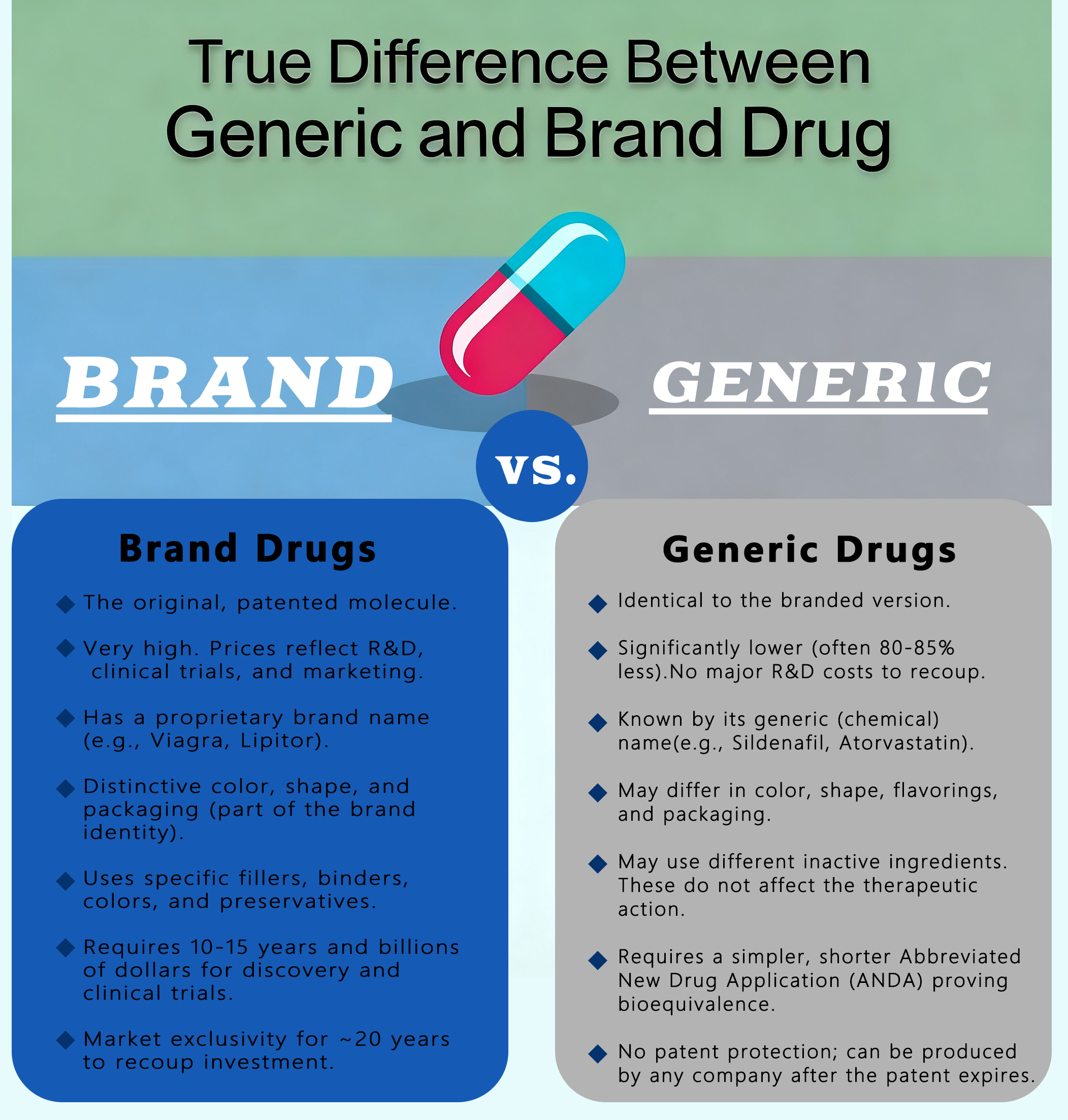When it comes to storing medication, two types of containers are usually involved: ampoules and vials. While they may look similar at first glance, their uses are quite different. Each one has a major influence on the safety and effectiveness of the medicine you’re working with. That’s why it’s imperative to understand the difference between ampoules vs vials when choosing one.

That’s why, in this article, we’ll be breaking down the differences between ampoules vs vials, covering their designs, benefits, and more.
What Are Vials?
A vial is a small, cylindrical container usually made of glass or plastic. It’s shaped like a tube or a bottle, and has a wider opening for easier access and frequent refills. Vials are also available with various caps to meet specific storage or handling requirements. So, they can be sealed with either screw tops, snap caps, or crimp seals.

They’re most commonly used for pharmaceutical purposes, to hold liquids, powders, or tablets. They can store a wide range of medical materials, including life-saving medications, vaccines, and experimental compounds. Overall, vials serve as reliable vessels for substances we rely on daily.
What Are Ampoules?
Ampoules are also pharmaceutical containers, but smaller in size and made entirely of glass. They’re specifically designed for storing solutions or liquid samples that need to be kept airtight and protected from contamination.

By design, an ampoule can only be used once. Rather than a cap or wide opening, it has a slender neck sealed at the tip. So, it can be opened by snapping the neck of the glass, but it can’t be attached again. The non-reusable nature of the ampoule makes it suitable for single-dose medications.
Key Differences Between Ampoules vs Vials
While the purpose of these containers is quite similar, there are still some major differences between ampoules vs vials.
Seal and Sterility
One of the main differences between ampoules vs vials is how they’re sealed. The ampoule is made airtight by melting shut its slim glass neck. This design keeps the contents perfectly sterile until it’s time to be used. By then, the only way to open the ampoule is to break its neck.
Vials, on the other hand, have various sealing methods but are significantly less reliable. While their seals can be compromised, this doesn’t immediately contaminate the contents.
Reusability
As the ampoule is entirely made of glass, it can’t be reused after it’s opened. That’s why it only has enough storage space to hold a single dose of medication. Once the neck is snapped open, the ampoule is entirely useless. It can only be discarded from then on.
In contrast, vials are specifically designed to be reusable. They have screw-on caps or rubber plugs that reseal the contents even after being opened. This is also why vials have the capacity to hold multiple doses of medication.
Shelf Life and Storage
While both ampoules and vials eventually expire, there’s a significant difference in their shelf life. The glass seal on ampoules provides an excellent shelf life by preventing air and moisture from entering. So, unopened ampoules can retain their potency for 5 years after the labelled expiration date.
Vials, however, generally last only weeks to months after opening. Their reusable design exposes the contents to air and potential contaminants, which speeds up their expiration.
Application Scenarios
Both ampoules and vials are used to store and transport medicine, but each is suited to different types. Ampoules are usually chosen for injectable medications and biological products that require complete sterility.
Vials, on the other hand, are more versatile as they can store liquid, powder, and solid medicines. They’re also a staple in laboratory work where accessible and reusable containers are needed.
Advantages and Disadvantages of Ampoules
Beyond their differences, there are also certain advantages and disadvantages of ampoules vs vials to consider. To start, here’s what you should consider for ampoules:
Advantages of Ampoules:
- Superior Sterility: Ampoules are hermetically sealed, which guarantees the contents remain completely sterile until opened.
- Precise Dosage: They’re often pre-filled with a specific amount of medication, reducing dosing errors and maintaining consistent administration.
- Tamper-Resistant Design: Because an ampoule can only be opened once, it offers protection against tampering or alteration of its contents.
Disadvantages of Ampoules:
- More Fragile: Since ampoules are made entirely from glass, they’re at risk of breakage during transport or handling.
- Risk of Injury: Snapping open the ampoule can create sharp edges and risk cuts if not handled properly.
Advantages and Disadvantages of Vials
Now that we’ve covered the ampoules, let’s look at some of the advantages and disadvantages of vials:
Advantages of Vials:
- Durability: Vials are typically made from thicker glass or high-quality plastic, which makes them less prone to breakage during handling or transport.
- Ease of Use: The vial’s screw on cap or rubber stopper allows for easy filling and access to its contents.
- Variety of Sizes: They’re available in a wide range of sizes so that they can store anything from a few millilitres to larger volumes.
Disadvantages of Vials:
- Risk of Contamination: Because vials can be opened and resealed multiple times, their contents are more vulnerable to contamination.
- Storage Requirements: Certain substances stored in vials may require strict temperature control or light protection to maintain their stability.
Ampoules vs Vials Comparison Chart
For a more concise comparison between ampoules vs vials, here’s a table of everything we’ve discussed so far:
| Feature | Ampules | Vials |
| Material | Made entirely of glass | Made of glass or plastic |
| Size | Smaller, single-dose capacity | Wide range of sizes, multi-dose capacity |
| Storing applications | Injectable medications, solutions, and liquids | Liquids, powders, solids |
| Seal Type | Airtight, hermetically sealed | Screw-on caps or rubber stoppers |
| Opening Method | Snap off the neck | Twist cap or puncture rubber stopper |
| Reusability | Not reusable | Reusable after sterilization |
| Shelf Life | 1–5 years if unopened | A month after first use |
| Handling Risk | Higher, glass may break | Lower, especially with plastic vials |
| Cost | More costly | Less costly |
FAQs Regarding Ampoules vs Vials
How do I safely open an ampule without contamination or injury?
Hold the ampoule upright and wrap a gauze or tissue around it. Then simply apply gentle pressure around its neck and snap it away from you. Click here to help you safety open ampoule.
How should broken ampoules and vials be disposed of?
Both ampules and vials must be discarded in a certified sharps container. They should never be thrown in regular trash, especially if they contain broken glass or have held medical substances.
Are ampoules more expensive than vials?
Generally, yes, ampoules often cost more than vials. This is due to their complex sealing process and single-use design.
Conclusion
Overall, choosing between ampoules vs vials depends on your immediate needs. Ampoules are best for sterile single-use solutions, while vials offer versatility and reusability for multiple doses. Once this difference is clear, you’ll have an easier time choosing the best fit for your requirements.




